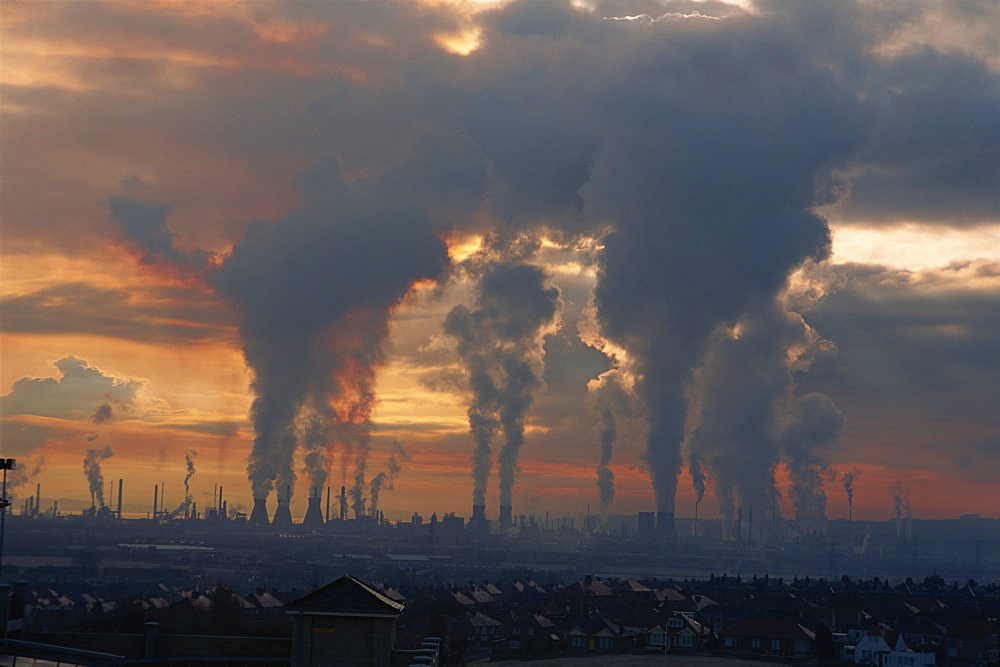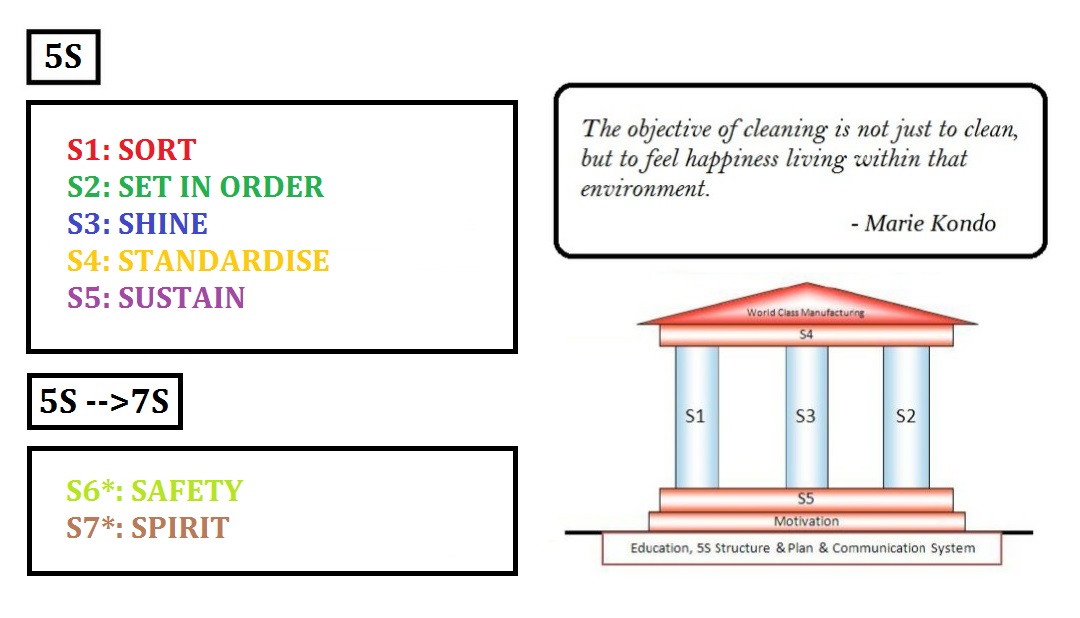
– Sumit Tripathi (PGP 2018)
Recently, the WHO has released the ranking of the cities with the most polluted air in the world. The study measured the mean amount of particulate matter smaller than 2.5 microns in diameter (PM 2.5). Kanpur, Faridabad, and Varanasi secure the top spot in the world chart. Furthermore, the study also found that a total of 14 Indian cities top the 20 most polluted cities in the world.
It is a sad state of affair that we have all been so accustomed to the onslaught of this silent killer. From the burning of stubbles to the pollutants from cars, we somehow are able to point fingers at certain people, businesses, or the governments about the issue. Yet, we have not succeeded in breaking the stalemate and creating a healthy environment for us and the future generations of Indians.
It is true that we can always play the waiting game and wait till the governments or start-ups to come up with new solutions to curb the pollutions. But, somehow and somewhere, we will have to take actions, whether it is an action to support the new technologies created by the start-ups or to implement the newly enacted rules by the government. Then, why not start now?
Before we can embark on the green revolution, we can perhaps learn something from the forefront runner on cleanliness, Japan. Visitors to this immaculate city are often baffled by the cleanliness of the place and the discipline of its residents. One would be surprised to learn that there are few public trash cans on the streets, yet there is no litter at all. The public trash cans have been drastically reduced in number after the sarin attack in 1995. Yet, despite the lower number of trash bins, the garbage and litter in the public spaces did not seem to have increased drastically.
This contradiction is often mind-boggling to many. But many researchers have cited “Broken windows theory” to explicate the phenomenon. The concept was introduced by James Q. Wilson and George L. Kelling and was popularised by the then-New York City mayor Rudy Giuliani and the then-police commissioner, William Bratton. It was observed that the places where there are unrepaired broken windows or vandalism, there is a tendency for other criminals to broke a few more windows, vandalise, or even get into the buildings. The visible traces left by the criminals likely attracted like-minded criminals to perform more of the same deeds. Hence, Mayor Giuliani and William Bratton proceeded to increase enforcement to fix the broken windows and vandalism that plagued the city. This in a way removed all the traces and signals that were used to indirectly communicate with other like-minded criminals. The crime rate dropped thereafter.
Likewise, lesser trash around the public trash cans also reduce the indirect signals to litter more around the place. That is why many foreigners visiting Japan are often baffled by the local’s peculiar behavior of storing trash in one’s pockets or bags before discarding the trash in the nearest trash bins found.
Underneath this clean and orderly landscape of Japan lies a seemingly simple but systematic framework that the people have ingrained as part of the daily life. The 5S principle was developed and was initially used to reduce the waste in the production line to promote the Just in Time manufacturing. It has since jumped out of the production floor to envelope other areas of the society as well.
- Seiri (整理): Sort
Make the work easier by evaluating what is needed and what is unnecessary and dispose of those items. This can also be extended to include the identification of activities and behaviours that lead to the generation of such wastes and ceasing them.
- Seiton (整頓): Set in order
Arrange the necessary things for easier access and working. Once the things are in place, it is easier for the people in the surroundings to pick up signals when things are out of order before they exacerbate.
- Seiso (清掃): Shine
The discipline to always inspect and clean your work environment on a daily basis can be used to familiarise yourself with the nooks and crannies of your own work environment. By being aware of your environment, you will be able to pick up small signals of hazards that are often overlooked by the untrained eyes before it poses any threat to the environment.
- Seiketsu (清潔): Standardise
As everybody may have different ways to take care of their work environment, we need a protocol that can serve as the uniform signals to communicate with other individuals as well. This can be in the form of signs, flags, and colour-coding for segregating the waste, the forms and checklists in the areas, or even a simple set of procedures to ensure that the 5S can be performed.
- Shitsuke (躾): Sustain
The literal meaning of Shitsuke in Japanese is to do things without being instructed. The discipline to check consistently does not lie with the organisations but in each individual. Here, the ability to sustain is also not limited to self-discipline, but also the effectiveness of the feedback system that provides spaces for individuals to continue improving the workspace. *In some places the 5S has been extended to 7S to capture the different work processes in the organisations.
6*. Safety
Part of the effort to clean or reduce the waste is to make sure that the people in the areas can perform the tasks safely without being hindered by the work environment that is unclean and untidy.
7*. Spirit
The effort to create a healthy work environment is not an individual task for the janitors or the housekeeping staffs. Humans are social animals. Thus, it is in the best interest of the organisations if we all engage in keeping our surrounding clean actively. The least that we can is to tip off other people who unintentionally or intentionally trying to pollute the place so that we do not end up adding more burdens to the cleaning staffs.
Nonetheless, even with a profound framework and guideline, many would still argue that there will always be cases where people would not care and just throw the trash on the road or public space. How would one address this issue?
This is where social norms and conditioning come into play. In Japan, the subtle public shaming that the person who litters the public spaces faces can be an uncomfortable experience. In residential areas, it can be even worse as the residents are required to properly separate the trash into different categories for recycling or risk receiving the trash back the next days, which can make you look bad in the eyes of your neighbours for not knowing how to sort the waste!
How often do we see people littering the street or burning the garbage near our residences and just complain to ourselves or to our friends that things here are not improving because of such prevailing behaviours? Human behaviours often look for conformity. Unless we strive to make the cleanliness the clear majority norms, other people would still pick up the signals to litter left by others and continue with their lives. Whereas in the case of Japan, even if the person has been known to not care much for cleanliness, he or she will have to abide by the rule and do the bare minimum to keep the place clean or risk the public shaming.
Individuals, businesses, and governments are also parts of the society. No entities would like to suffer the humiliation from others or be remotely close to being shamed. We have always addressed the negative externality problem like pollution by appropriating monetary values to it while overlooking the stronger elements like the social currency that can be used as an incentive to not break the norms.
So what can we do as an individual? We can always start small by reducing the traces of wastes and pollutions in our vicinity to prevent unnecessary communications to other potential polluters to continue polluting the surroundings. If there are no signs of people burning the garbage or hays in your areas, the people may not want to burn them to bring in the unwanted attention. If there are no signs of trashes near your residence, chances are people will not litter the place and be the target of shame. This is not something that is not achievable in India. South Mumbai is an exemplary case where indirect signaling has worked out effectively.
All these are independent of the governing bodies and authorities and can be achieved individually if people just actively work to look for the unwanted signs and traces in their own local environment. At least even if the entire community does not follow suit, you can at least be sure that potential polluter may be less likely to pollute in your vicinity.
It is clear that systematically dealing with wastes does not necessarily be a cost, but an opportunity to generate sustainable future profits. And it requires everyone’s participation to reverse this negative externality of pollutions. Let the Green Revolution begins!




Sorry, the comment form is closed at this time.